Although several countries introduced democracy into their political systems in the 18th and 19th centuries, initially only men had the right to vote and stand for election. Faced with these injustices, women began to band together and voice their discontent during the same period. Many of them took part in demonstrations in favour of women's right to vote. Women campaigning for this cause were nicknamed suffragettes.
The term suffragette comes from the word suffrage, a term associated with democratic elections, to which a feminine suffix -ette has been added. The name is used to designate a woman who campaigns for women's right to vote.
These activists were socially committed to ensuring that all women had the same political and other rights as men. Suffragettes used a variety of means to make their demands heard: demonstrations, publication of books and even hunger strikes.
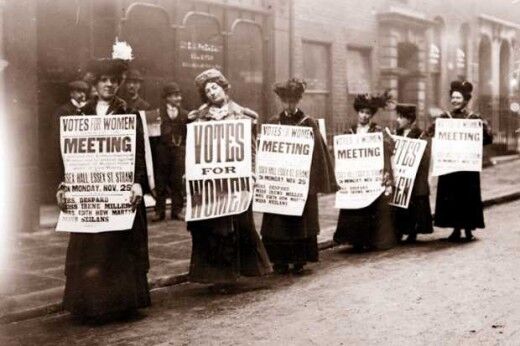

In 1949, this French author published the book: The second sexe. In it, Simone de Beauvoir asserts that women are equal to men. In her view, the rules and laws in place in our societies discriminate against women and must be changed. Her book was a great source of inspiration for many feminist activists.


Note: English image coming soon
This suffragette fought for women's rights by forming an organisation called the Fédération nationale Saint-Jean-Baptiste. It was she who asserted, among other things, that marriage entailed the ‘legal death’ of women. She also fought for women's right to vote.
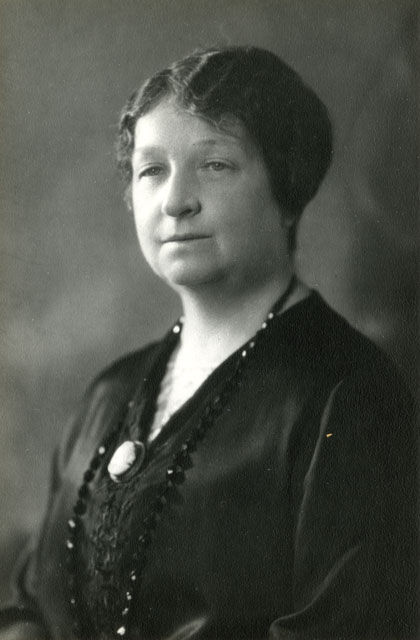
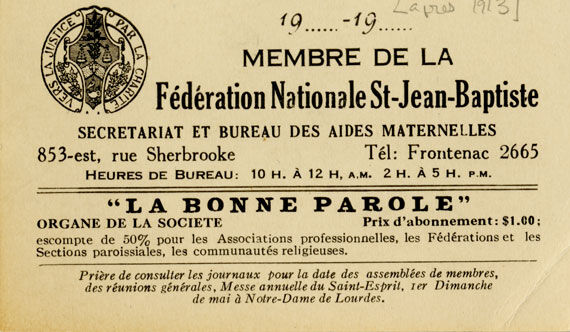
Note: English image coming soon!
This woman is renowned for having led the fight for women's right to vote in Quebec. Her goal was not achieved until 1940. She went on to found the FFQ (Federation of women of Quebec), which protected the rights of Quebec women. She ended her life as a senator in the Canadian parliament.
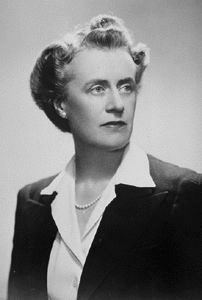
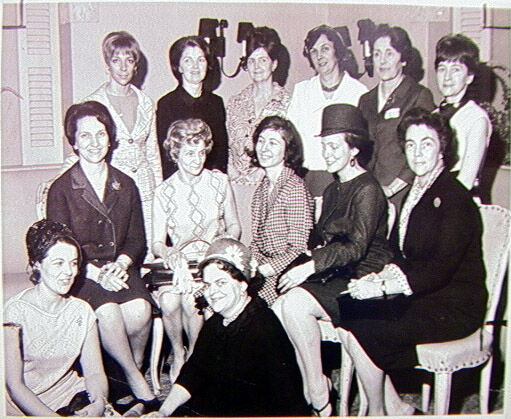
The 13 women on the first Board of Directors of the Federation of Women of Quebec
The struggle of women's rights activists was not an easy one. The authorities used repression to put an end to the suffragettes' acts of civil disobedience. Some of them were arrested, imprisoned and sometimes even tortured for fighting for their convictions. In 1909, during a confrontation with the police in Great Britain, 80 suffragettes were imprisoned. In protest, they went on hunger strike. The British authorities forced the suffragettes to eat by force-feeding them.
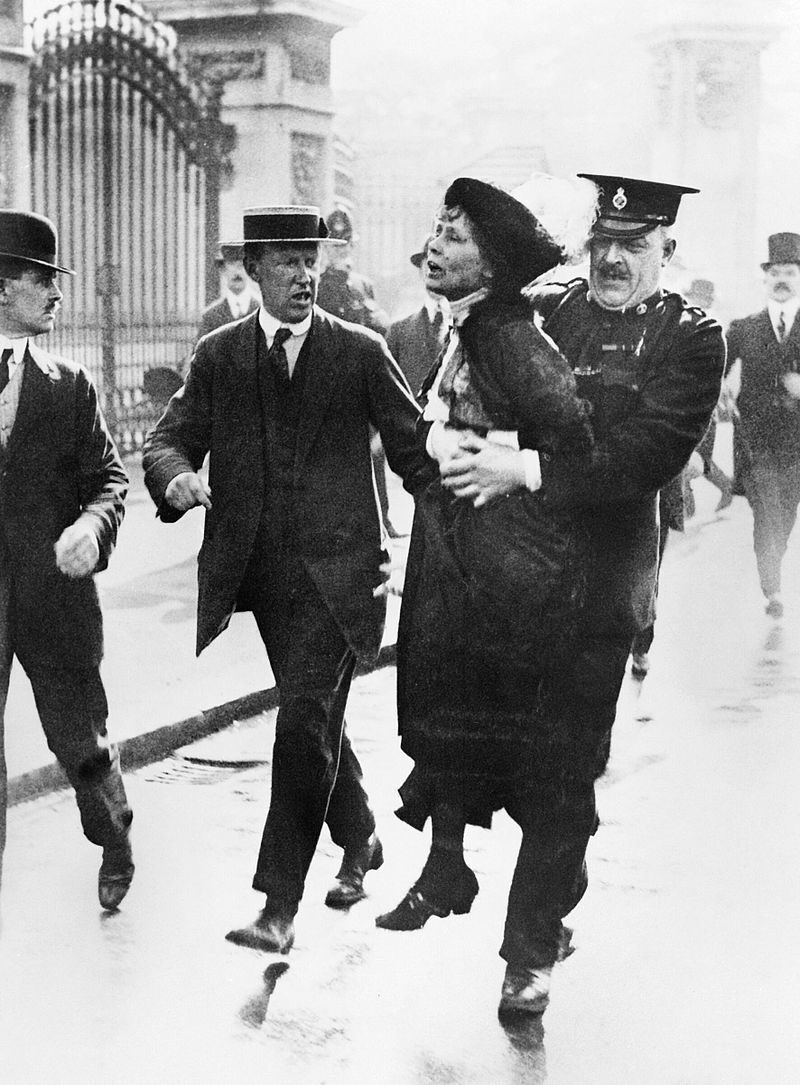
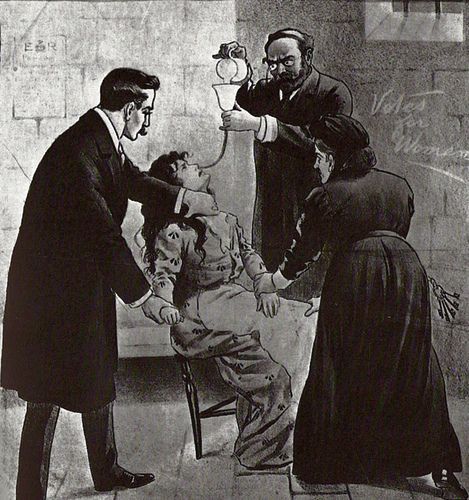
During the 20th century, thanks to the struggle of feminists, women won a number of rights. Although the feminist cause is still relevant today, given the inequalities that still exist, the status of women has improved greatly. Here is a table illustrating the main gains made by feminists in the 20th century:
| 1918 | Women win the right to vote at federal level in Canada. |
| 1929 | Women are legally recognised as ‘persons’ in Quebec. |
| 1940 | Women win the right to vote in Quebec. |
| 1964 | Law on the legal equality of spouses: women are no longer considered to be minors within the meaning of the law. |
| 1969 |
Bill Omnibus: abortion and contraception are no longer criminal acts. |
| 1986 | The Gender Equity in Employment Act is created. |
| 1993 | Kim Campbell becomes Canada's first female head of government. |